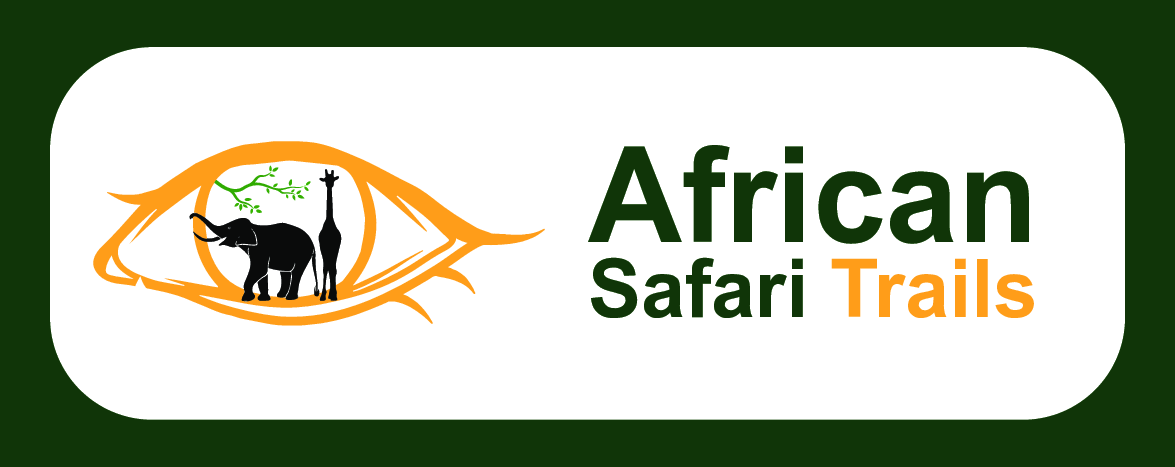Tucked in the western part of Rwanda, Gishwati-Mukura National Park is a rising star on East Africa’s eco-tourism map. As Rwanda’s newest national park, officially gazetted in 2015, Gishwati-Mukura might not yet have the fame of Volcanoes National Park or Akagera, but it’s steadily gaining attention for its rich biodiversity, reforestation efforts, and authentic, low-impact tourism experiences.
The park is made up of two separate forests—Gishwati and Mukura—which together cover about 34 square kilometers. Though modest in size, these forests are part of a critical biodiversity corridor along the Albertine Rift and play a vital role in connecting wildlife habitats between the Volcanoes and Nyungwe ecosystems. Gishwati-Mukura is home to a small but growing population of chimpanzees, golden monkeys, L’Hoest’s monkeys, and blue monkeys, making it an important sanctuary for primate conservation.
Walking through Gishwati-Mukura is a chance to witness nature rebounding. For decades, the area suffered from deforestation and habitat degradation due to agricultural encroachment and human settlement. However, dedicated conservation efforts have begun to reverse that trend. Reforestation programs supported by government and community partnerships have brought new life to the park, and wildlife populations are starting to recover.
The park offers guided nature walks and primate trekking experiences that are both educational and immersive. Visitors can explore the forest on foot, accompanied by knowledgeable guides who share insights into the flora, fauna, and the region’s unique conservation story. Birdwatching is also excellent here, with over 230 recorded bird species, including several endemics and Albertine Rift specialties like the Ruwenzori batis and the mountain yellow warbler.
One of Gishwati-Mukura’s strengths lies in its approach to tourism. Rather than mass tourism, the park embraces a sustainable, community-based model that benefits surrounding villages. Many local residents are involved in guiding, reforestation, and handicraft programs, ensuring that tourism directly supports livelihoods and conservation. This makes a visit not only enjoyable but also meaningful, as tourists contribute to the park’s future simply by being there.
Accommodations around Gishwati-Mukura are still developing, but nearby towns such as Rubavu offer access to basic lodges and guesthouses. Plans are underway for eco-lodges and sustainable camps that will cater to travelers seeking deeper immersion in nature. Visitors often combine a trip to Gishwati-Mukura with Lake Kivu or Nyungwe Forest, both of which are within a few hours’ drive.
Best visited between June and September or December to February, the park offers clear skies and easier trekking during the dry season. Still, even in wetter months, the forest is lush and alive, making it a rewarding year-round destination for nature lovers.
Gishwati-Mukura may be small and lesser-known, but its story of revival and resilience captures the heart of Rwanda’s conservation success. For travelers seeking quiet trails, close encounters with wildlife, and the satisfaction of supporting eco-tourism in its purest form, this park is a hidden gem waiting to be explored. Through guided experiences offered by experts , your visit can be both an unforgettable adventure and a step toward a greener, more sustainable Rwanda.
